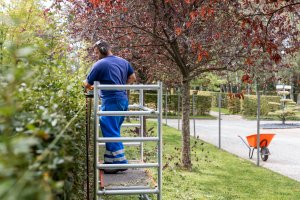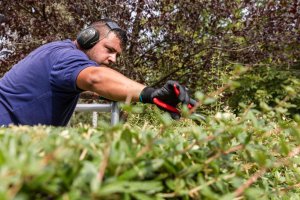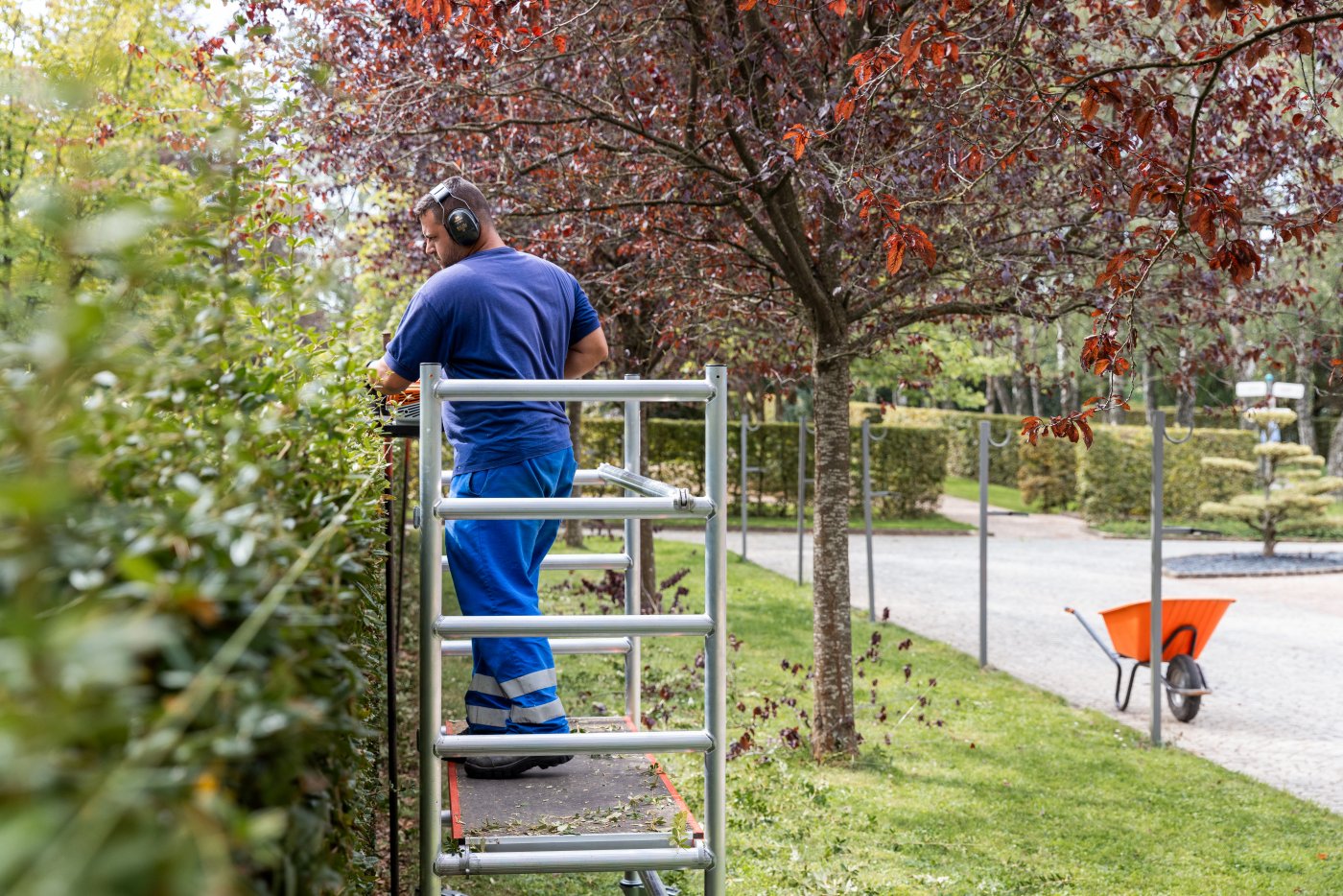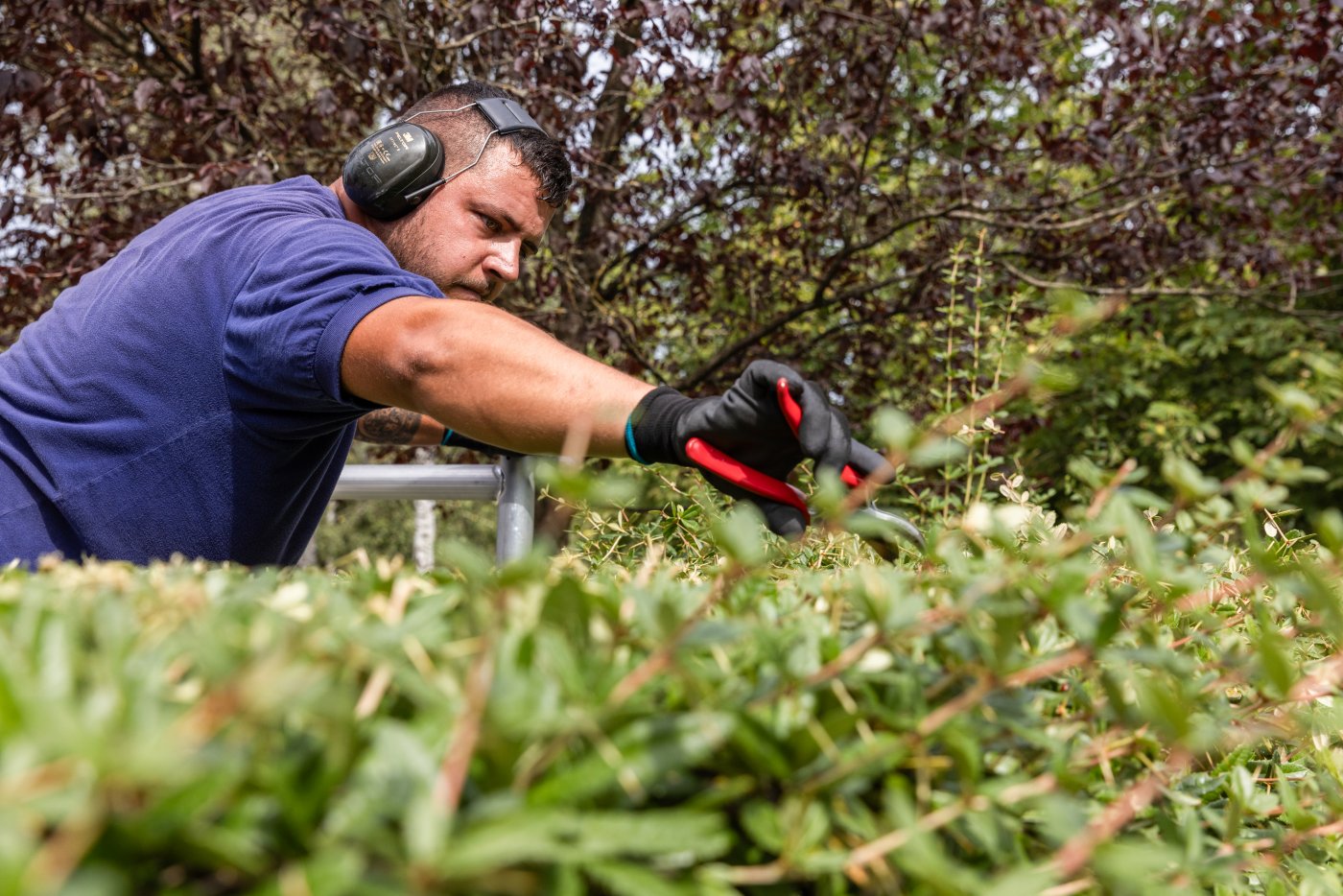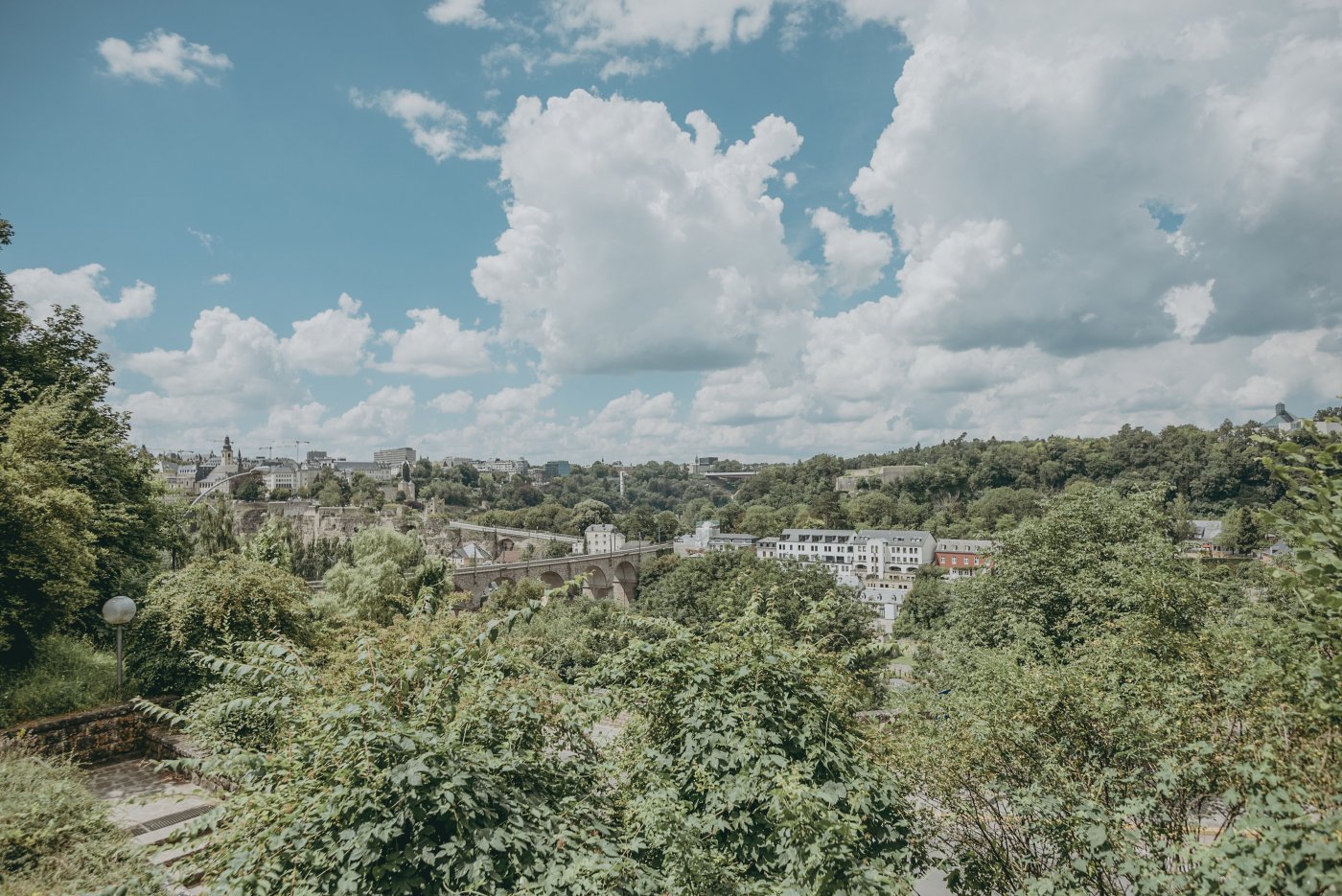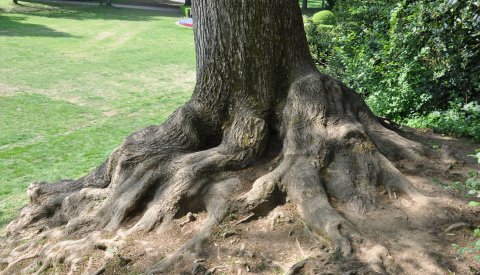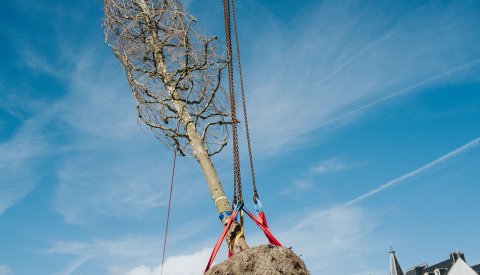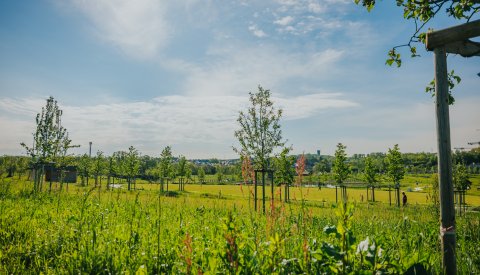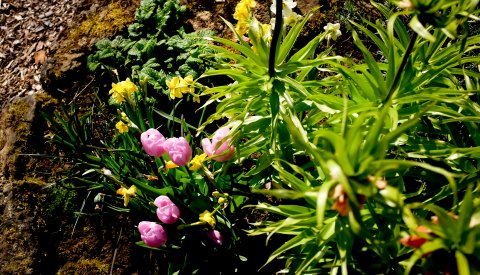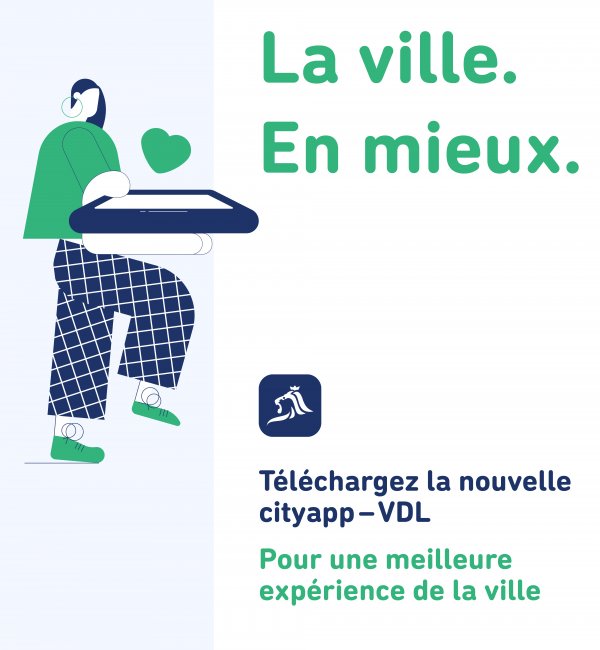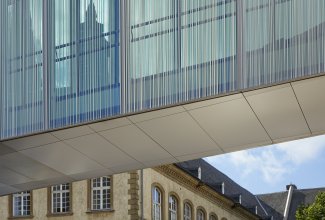Summary
In the 1990s, when its green spaces were surveyed for the first time, the area of Luxembourg City was divided into 20 maintenance districts. Limpertsberg, Cessange, Bonnevoie, Merl-Hollerich and Dommeldange-Weimerskirch-Kirchberg are each regarded as contiguous districts. The City Park, the park in Merl and Tony Neuman Park are also separate maintenance zones.
Each of these maintenance districts has its own team responsible for the maintenance of the green spaces and also for some of the trees.
Tree inspection guidelines
With the introduction of the tree register, the decision was also taken to apply the FLL tree inspection guidelines.
These regulations – which provide a regulatory committee comprising renowned experts with a framework for drawing up guidelines for road safety tree inspections – are now recognised and applied in Germany and, with some changes, in Austria and Switzerland. These differences are due to national legislation.
Certification of Service Parcs employees as "FLL-certified tree inspectors"
The FLL began offering an independent examination for experienced specialists in 2007, at the end of which successful candidates receive the qualification "FLL-certified tree inspector". The first Service Parcs tree inspector was certified on 20 October 2011, followed by two more on 23 October 2013. Since then, it has been standard practice that any persons tasked by the City of Luxembourg with carrying out tree inspections must undergo this certification in the form of further training. In 2025, the City has three members of staff who are certified to carry out tree inspections in line with the FLL guidelines.
Road safety
Trees are living organisms that are usually tied to one location for decades or even centuries. Although trees have developed natural survival strategies for their own safety (e.g. stability), environmental factors can still put massive strain on or endanger trees in urban areas, and in particular on streets.
The scope and frequency of tree inspections is based on the legitimate road safety expectations in public spaces, the condition of the tree, local conditions, and the species, development phase and age of the tree.
Legitimate road safety expectations mean, for example, that busy squares, parks, streets with heavy traffic, children's playgrounds and schools should all be inspected.
According to the regulations, a basic tree inspection consists of a "professionally qualified inspection".
If this regular inspection or, where applicable, any additional inspection raises doubts about the safety of the tree (e.g. due to harmful fungi), further tree inspections must be arranged.
Inspectors use rubber mallets, special wood drills, resistographs and computer tomography.
Tree maintenance teams
The Trees – Tree Care and Tree Register unit is part of the Service Parcs (Parks Department). This team is currently made up of a department manager and two employees who carry out all administrative work, as well as tree inspections.
Tree maintenance teams
The tree maintenance teams consist of 10 employees, including three foremen and a truck driver who is responsible for transportation between maintenance assignments (removal of cuttings etc.). The employees are all trained arborists and regularly attend further training courses organised in-house within the department.
Equipment
Even if the working conditions are tough, trees still need to be maintained. The equipment for the teams consists of three aerial work platforms (climbers) that reach a working height of 26, 27 and 36 metres, a truck with a roll-on/roll-off container system and a trailer-mount wood chipper, and an agricultural tractor with a front-end loader, cable winch equipment, and powerful wood chipper.
